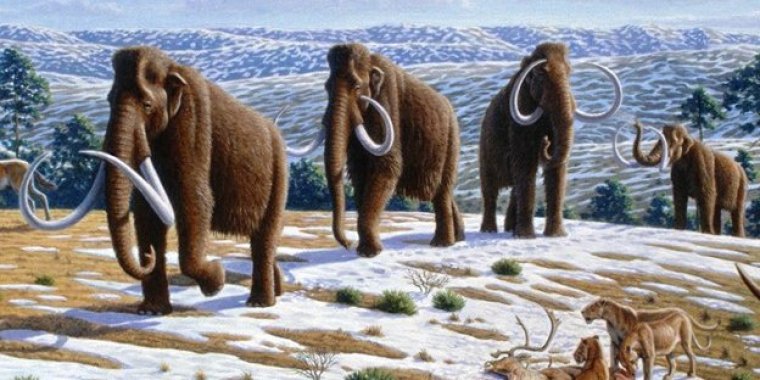| News / Science News |
World's oldest DNA reveals how ice age mammoths evolved
An international research team has sequenced DNA recovered from mammoth remains that are up to 1.2 million years old.

The mammoth that inhabited North America during the last ice age was a hybrid animal. ![]()
The analyses show that the Columbian mammoth that inhabited North America during the last ice age was a hybrid between the woolly mammoth and a previously unknown genetic lineage of mammoth. The study also provides new insights into when and how fast mammoths became adapted to cold climate.
The samples are a thousand times older than Viking remains and pre-date the existence of humans and Neanderthals, say the scientists.
Around one million years ago, there were no woolly nor Columbian mammoths, as they had not yet evolved. Researchers have now managed to analyze the genomes from ancient mammoths using DNA recovered from mammoth teeth that had been buried for 0.7-1.2 million years in the Siberian permafrost.
Analyses of the genomes showed that the oldest specimen, which was approximately 1.2 million years old, belonged to a previously unknown genetic lineage of mammoth.
The researchers refer to it as the Krestovka mammoth, based on the locality where it was found. The results show that the Krestovka mammoth diverged from other Siberian mammoths more than two million years ago.
The researchers also suggest that mammoths that belonged to the Krestovka lineage colonized North America some 1.5 million years ago. In addition, the analyses show that the Columbian mammoth that inhabited North America during the last ice age was a hybrid. Roughly half of its genome came from the Krestovka lineage and the other half from the woolly mammoth. (National Science Foundation)
YOU MAY ALSO LIKE





